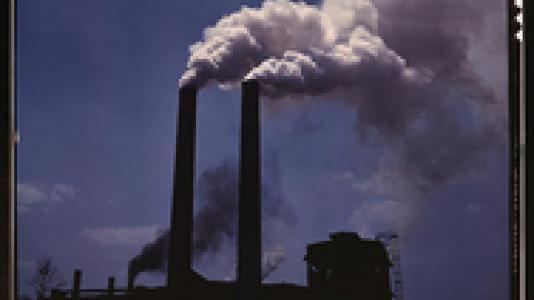
Much of the current effort toward combating climate change is directed at curbing the greenhouse gases (GHGs) and short-lived aerosols that are warming the planet. When looking at aerosols in particular, scientists have classified these particulates into two categories: “black carbon” (soot) and “brown carbon,” which is a class of heat-absorbing organic carbon.
Scientists at the U.S. Department of Energy’s Argonne National Laboratory have recently shown that brown carbon contributes approximately one-fourth as much of a warming effect as black carbon, despite not typically being seen as a principal contributor to climate change.
The study shows that brown carbon aerosol, emitted mainly from fuel combustion and open vegetation burnings, could be a significant global warming component of the atmosphere next to GHGs and black carbon.
“Despite the abundance of brown carbon in the atmosphere, the direct absorption of sunlight by organic carbon aerosols is typically ignored in current climate simulations, except in a few studies,” said Yan Feng, an Argonne atmospheric scientist.
According to Feng, the study suggests that the failure to include the effect of atmospheric heating by brown carbon could introduce a significant source of uncertainty in global climate models.
“Additionally, there are still large uncertainties regarding sources, formation, chemical composition and absorption properties of brown carbon – we have a long way to go until we fully understand how it impacts climate,” she added.
An article based on the research, “Brown Carbon: A Significant Atmospheric Absorber of Solar Radiation?” recently appeared in Atmospheric Chemistry and Physics Discussions. The research was funded by the U.S. Department of Energy’s Office of Science.